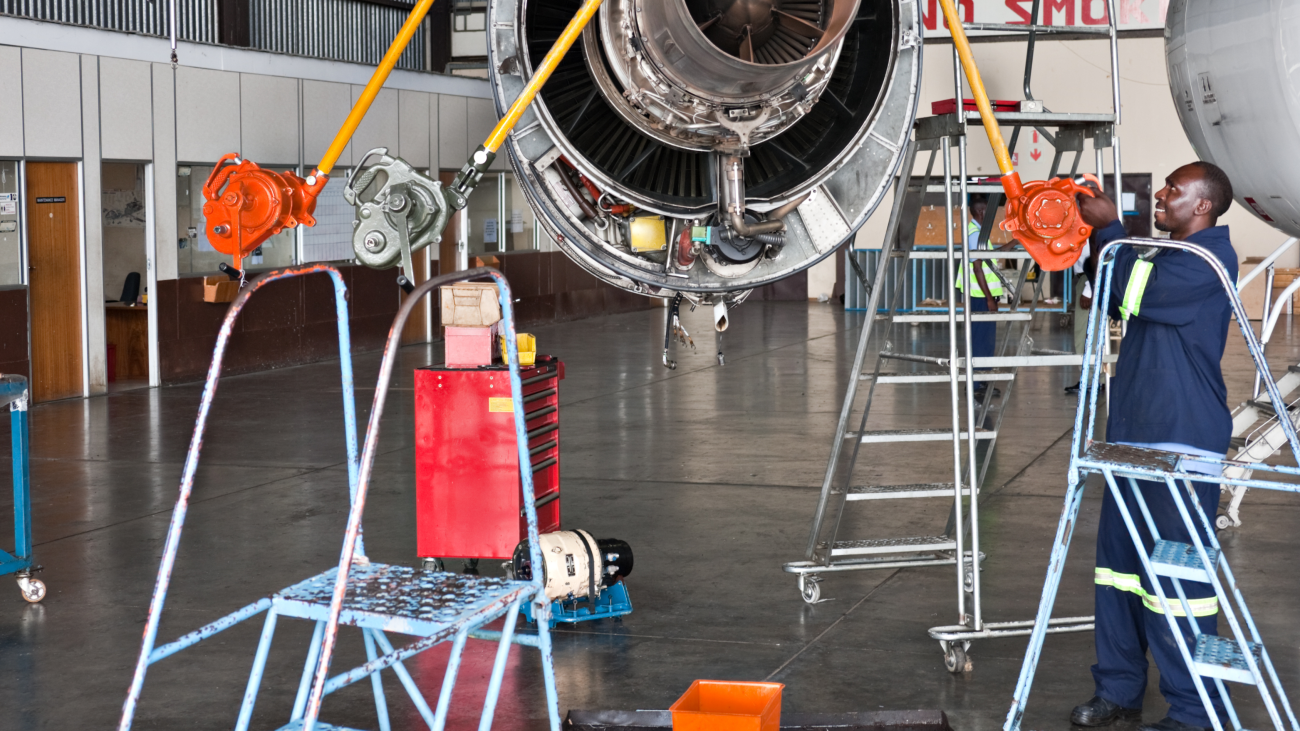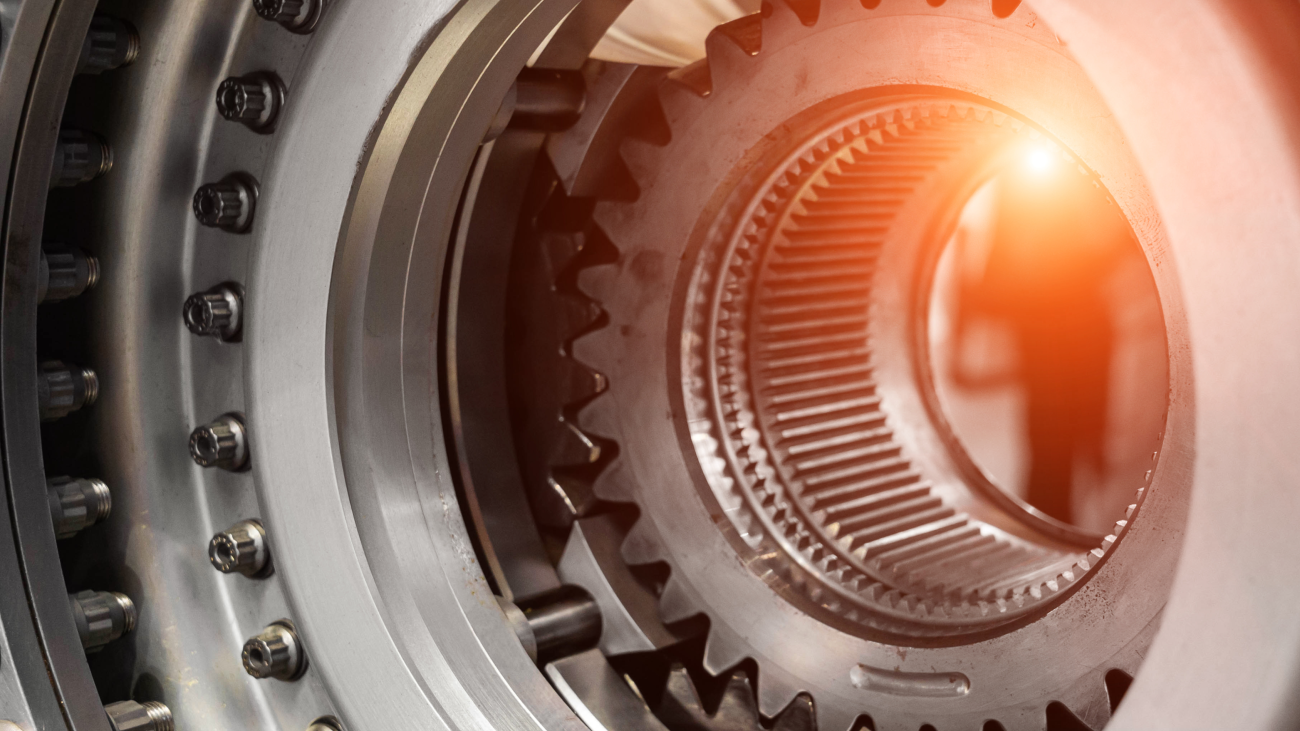The aviation industry is under increasing pressure to minimize its environmental impact. While much of the focus is on cleaner fuels and more efficient aircraft design, there’s a hidden hero in the fight for sustainability: aircraft maintenance. By implementing innovative practices throughout the maintenance lifecycle, the industry is taking significant steps towards a greener future.
One key area is the concept of a circular economy in maintenance. Traditionally, parts nearing the end of their lifespan were simply discarded. Now, through practices like component refurbishment and materials recycling, these parts are given a new lease on life. Refurbishment involves restoring a used part to meet original performance specifications, while recycling recovers valuable materials for use in new components. This not only reduces waste but also minimizes the need to extract virgin resources.
Another approach is eco-design. This involves incorporating environmental considerations right from the design stage of aircraft components. Imagine designing a landing gear with easier disassembly in mind, facilitating future recycling or part replacement. Eco-design principles not only benefit the environment but can also streamline maintenance processes by making components more accessible.
Waste reduction is another crucial focus. From optimizing cleaning procedures with eco-friendly products to minimizing the use of hazardous materials, maintenance facilities are constantly seeking ways to reduce their environmental footprint. Simple changes like implementing designated waste segregation stations can make a big difference.
Technology also plays a vital role in sustainable maintenance. Predictive analytics, for example, can help identify and address minor issues before they escalate into major repairs requiring replacement parts. This not only reduces waste but also minimizes fuel consumption associated with unnecessary ground time.
Looking ahead, the future of sustainable aircraft maintenance is brimming with promise. Research into biodegradable materials for certain components could further reduce reliance on traditional materials with higher environmental impact. Additionally, advancements in additive manufacturing (3D printing) hold the potential for on-demand parts creation, minimizing transportation emissions associated with traditional logistics.
By embracing these sustainable practices, the aircraft maintenance industry is demonstrating its commitment to a greener future. As these initiatives gain traction, we can expect to see a significant reduction in the environmental impact of aviation, ensuring clear skies for generations to come.


